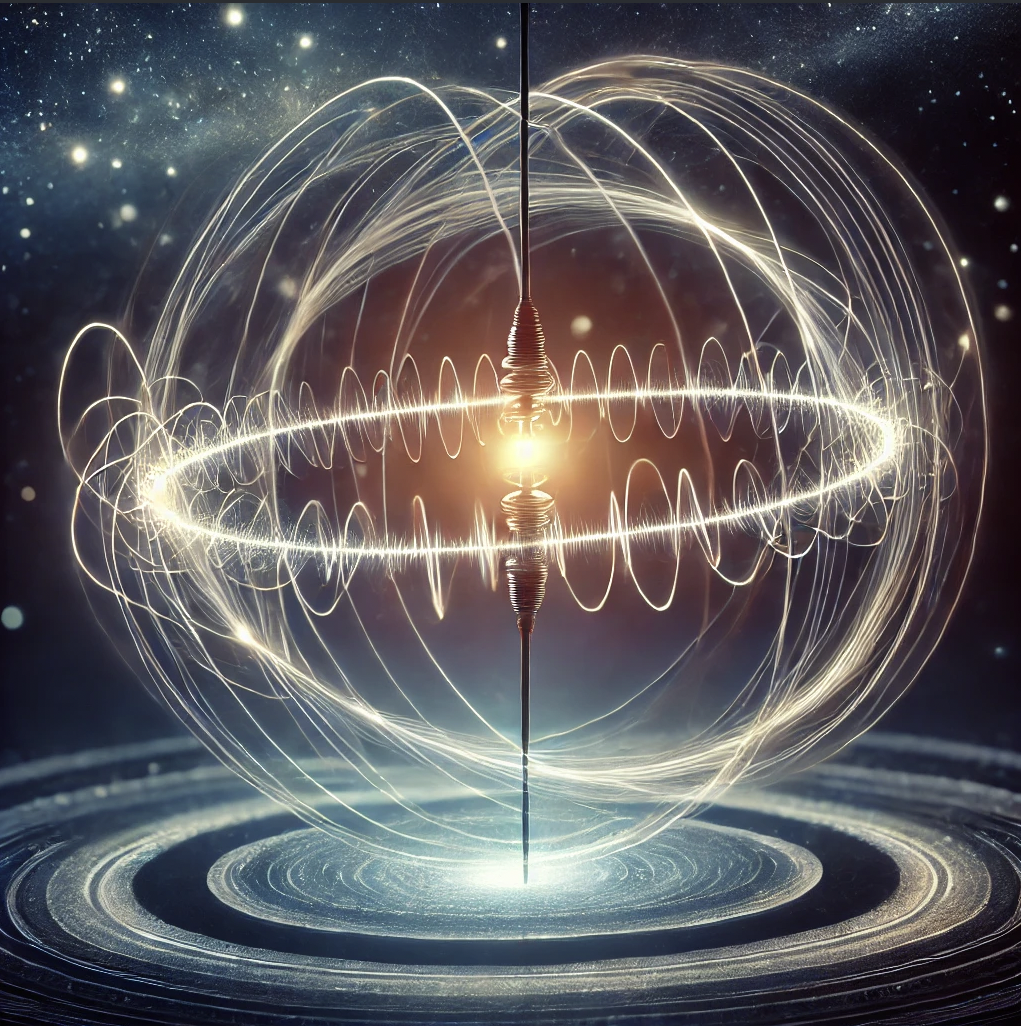Chroma EIR: Energy in Resonance
Resonating Energy Across Dimensions, from Photons to Gravity Waves the values of properly bridging volumes of variable studies.
Introducing Chroma EIR
In the Chroma framework, Energy in Resonance (EIR) emerges as the cornerstone for achieving harmony across physical, biological, and technological domains. It redefines how systems interact, adapt, and thrive by focusing on the coherence of energy flows rather than static structures.
What is Chroma EIR?
Chroma EIR represents the dynamic alignment of energy across dimensions, enabling:
- Efficient Energy Distribution: Minimizing loss through resonance, ensuring every interaction contributes to the system’s stability and adaptability.
- Adaptive Harmony: Enabling ecosystems and technology to evolve together by sharing energy and resources seamlessly.
- Sustainability Beyond Limits: Utilizing excess energy into reinforcing feedback loops, extending operational ranges and reducing vulnerability.



